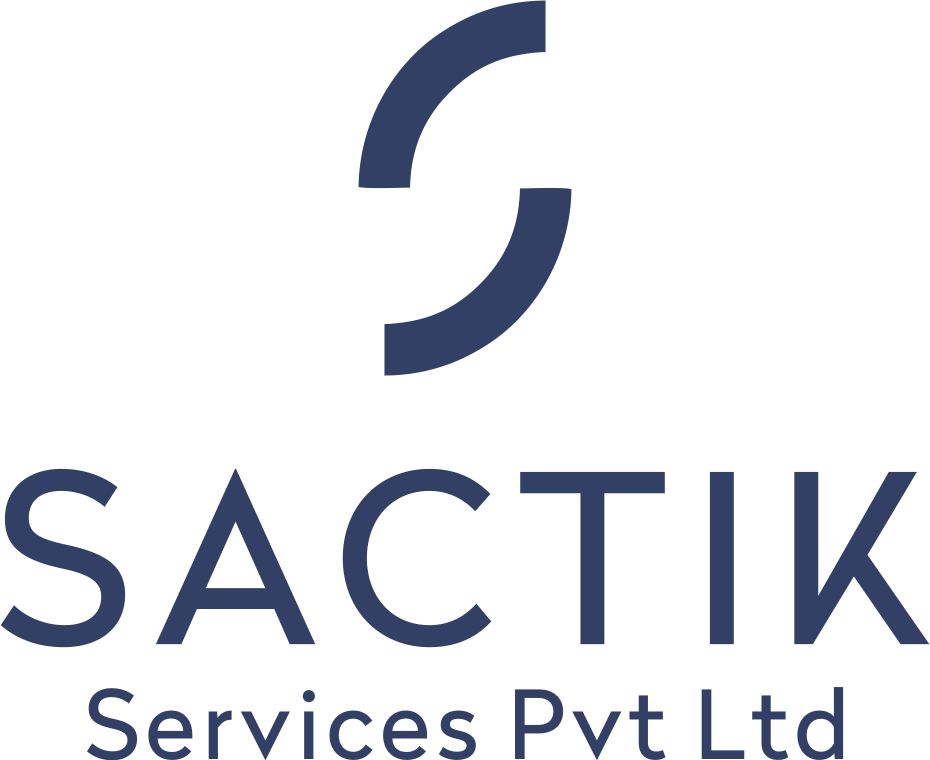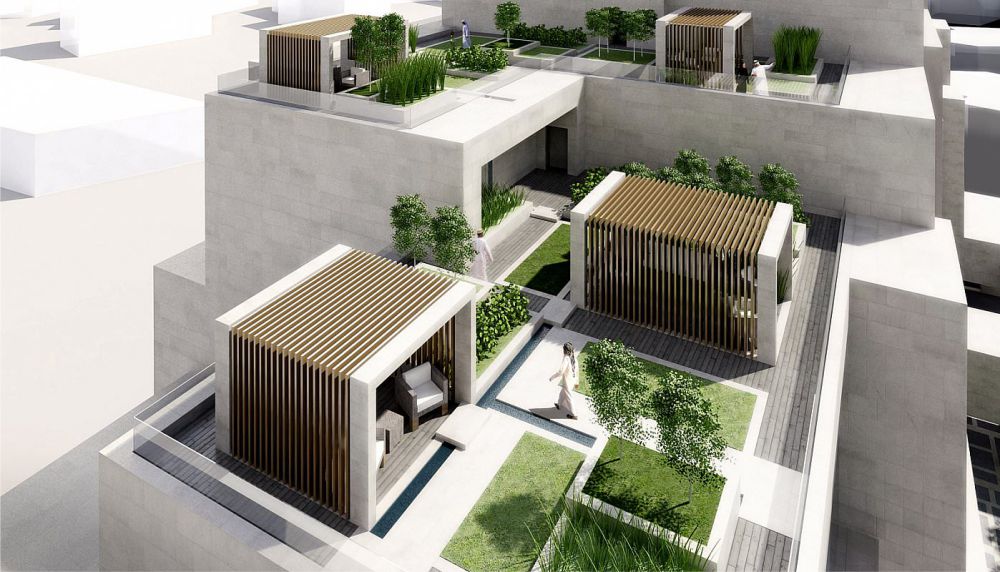Introduction
Buildings are usually complex systems composed of various elements working together to fulfill diverse needs and maximize functionality. Mechanical, Electrical, and Plumbing (MEP) systems form the backbone of a building by playing a crucial role in creating a comfortable and functional environment for occupants. Efficiently designed MEP systems contribute to a sustainable environment by providing adequate heating, thermal comfort, and proper lighting. The construction industry is increasingly leveraging Building Information Modeling aka BIM Services for effective MEP Services. BIM Coordination for MEP Services is replacing traditional 2D software due to limitations in understanding complexity through flat drawings. 3D MEP models offer superior visualization and communication, facilitating better installation on-site. Thus, these innovative technologies and appropriate management methods contribute to a streamlined construction workflow, improved design coordination between the project stakeholders, and most importantly minimized the conflicts during construction process.
However, coordinating MEP services with BIM poses a unique technical challenge compared to other building systems. Therefore, transitioning from 2D drafting requires thorough research to optimize workflows, reduce the time-consuming manual effort, improve clash detection through advanced modeling tools, and potentially leverage machine learning to accelerate design. Coordinating these services with MEP shop drawings can significantly reduce project duration which can help in saving a significant amount of time and resources. This blog will discuss the difficulties encountered in traditional MEP coordination methods and the advantages of using MEP BIM coordination Services in the construction process.
What are the Challenges of Traditional 2D MEP Coordination Systems?
Let’s take a look at some of the major challenges faced by MEP contractors using traditional methods:
1. Limited Visualization
Issue: Relying on 2D drawings makes it difficult to accurately visualize complex 3D spaces which leads to difficulties in understanding spatial relationships between different MEP systems and the overall building structure.
Impact: This limited understanding can hinder effective communication of design requirements and increase the risk of overlooking potential clashes or conflicts, ultimately impacting the overall project completion success.
2. Clash and Conflict Detection:
Issue: Traditional methods lack automated clash detection capabilities and require manual overlaying of individual 2D drawings to identify potential conflicts between different MEP systems.
Impact: This time-consuming and error-prone process can miss critical clashes which can result in costly rework and delays during construction when physical clashes are discovered on site.
3. Difficulty Accommodating Changes
Issue: Modifying 2D drawings to accommodate design changes can be cumbersome and require revisions to multiple related drawings, leading to delays and potential inconsistencies.
Impact: Adapting to unforeseen circumstances or client modifications becomes challenging and expensive, later it can hinder project flexibility and potentially impact budget and timeline.
4. Inefficient Problem Resolution
Issue: Traditional coordination relies on manual communication and collaboration, often involving multiple parties and disciplines. This can lead to confusion, delays, and difficulty pinpointing the source of issues when conflicts arise.
Impact: Inefficient problem resolution can result in unresolved issues, finger-pointing, and frustration amongst project stakeholders. Thus, impacting the overall project efficiency and morale.
5. Lack of Automation
Issue: Time-consuming manual processes dominate traditional MEP coordination, including clash detection, data integration, and design reviews. This lack of automation leads to inefficiencies and increases the risk of human errors.
Impact: Manual tasks can consume significant resources, slowing down the overall project timeline and potentially leading to errors that can have costly consequences downstream.
6. Decentralized Design Responsibility
Issue: With separate disciplines working on independent 2D drawings, it becomes challenging to maintain a central view of the overall design and ensure proper coordination between different MEP systems.
Impact: Decentralized responsibility can lead to inconsistencies, missed connections, and potential conflicts that require rework and coordination efforts later in the project.
7. Ineffective Pre-construction Reviews
Issue: Unclear and fragmented information from 2D drawings can make pre-construction design reviews less effective in identifying potential issues and ensuring constructability.
Impact: Incomplete or inaccurate information can lead to missed opportunities for optimization, increased risk of on-site issues, and potential delays or cost overruns.
Understanding the Benefits of Integrating MEP BIM Coordination into Construction Projects
1. Eliminating Design Conflicts Early On:
Traditional construction relies on manual clash detection, leading to potential errors and rework later in the process. MEP BIM coordination leverages software to automatically identify and flag any physical overlaps (“hard clashes”) or spatial overlaps (“soft clashes”) between different MEP systems within the 3D model. This proactive approach saves significant time and resources compared to manual methods, ensuring a smoother installation process.
2. Enhanced Clarity and Visualization
The 3D model generated by MEP BIM coordination provides a clear picture of the entire building’s layout which includes MEP systems, before the construction begins. This allows contractors to visualize potential clashes and identify tight spaces (interstitial spaces, sheer walls, firewalls, etc.) early on. With detailed information about available space, MEP systems can be efficiently designed and accommodated without physical interference or rework on site. Shop drawings created based on the coordinated model help anticipate and address potential delays which can minimize the potential disruptions during the construction process.
4. Streamlined Collaboration and Communication
Effective MEP coordination requires seamless collaboration between various disciplines involved in the project. A single, shared 3D BIM model acts as a central reference point for all stakeholders, consolidating all relevant data within one platform. This transparency and real-time access to information enhance communication and understanding between contractors and different teams. Improved collaboration fosters a more coordinated work environment and leads to better project clarity and overall success.
5. Precise Prefabrication for Renovation Projects:
In renovation or building extension projects, integrating MEP BIM coordination offers significant advantages. The existing building’s BIM model provides detailed information about the existing MEP layout, including precise measurements of existing ductwork and other components. This data allows for accurate prefabrication of new MEP components, ensuring seamless integration with the existing infrastructure during installation. This minimizes disruption on-site and ensures a smoother, more efficient renovation process. By incorporating MEP BIM coordination into the construction workflow, projects benefit from improved efficiency, reduced rework, enhanced collaboration, and better overall project outcomes.
6. Enhanced Site Planning and Construction Management
MEP shop drawings provide a detailed layout of infrastructure services and associated structures. 4D BIM allows contractors to plan material delivery routes, staging areas, and construction schedules in coordination with other stakeholders. This improved communication leads to accurate construction management and site planning and most importantly this precise information reduces the risk of clashes during construction.
7. Streamlined Site Execution with Reduced Rework
MEP BIM coordination creates models with exact measurements of MEP components and fixtures before construction begins. This data includes details like offsets, insulation specifications, and material specifics. The accessible data facilitates efficient fabrication of MEP components, allowing for sequential ductwork installation and minimizing rework. Identifying and addressing potential issues like duct size adjustments, equipment relocation, pipe rerouting, electrical ladder, and more modifications is simplified with the MEP BIM model in comparison to traditional methods.
8. Efficient Facility Management
Coordinated MEP BIM models provide information on maintenance and repair access paths throughout the building’s lifespan. Therefore, accessing and repairing existing equipment like air conditioners, electrical wiring, and plumbing lines becomes easier. Precise mapping of interstitial building space allows vendors to safely reach these utilities. MEP models facilitate the planning of improvements and upgrades to existing technology for increased energy conservation and operational cost reduction.
Conclusion
MEP BIM Coordination Services utilizes 3D models to optimize material planning and management, effectively resolve conflicts before construction, streamline resource allocation, and foster collaboration among all stakeholders. While its clash detection capabilities significantly benefit contractors, MEP BIM goes beyond. Its automated processes eliminate repetitive tasks, accelerating workflows. Additionally, the complete digitization of the design and modeling process, coupled with lean construction and agile principles, contributes to a seamless MEP system installation. Implementing MEP BIM coordination significantly impacts the architectural, engineering, and construction aka AEC industry. By leveraging 3D models for visualization, creation, and analysis, projects benefit from improved design, streamlined coordination, and efficient execution, ultimately enhancing overall project value. In today’s evolving construction landscape, embracing MEP BIM coordination is no longer simply a competitive advantage; it’s a necessity to ensure continued relevance in the industry.
Learn more about how MEP BIM coordination can benefit your next project by contacting us today.










